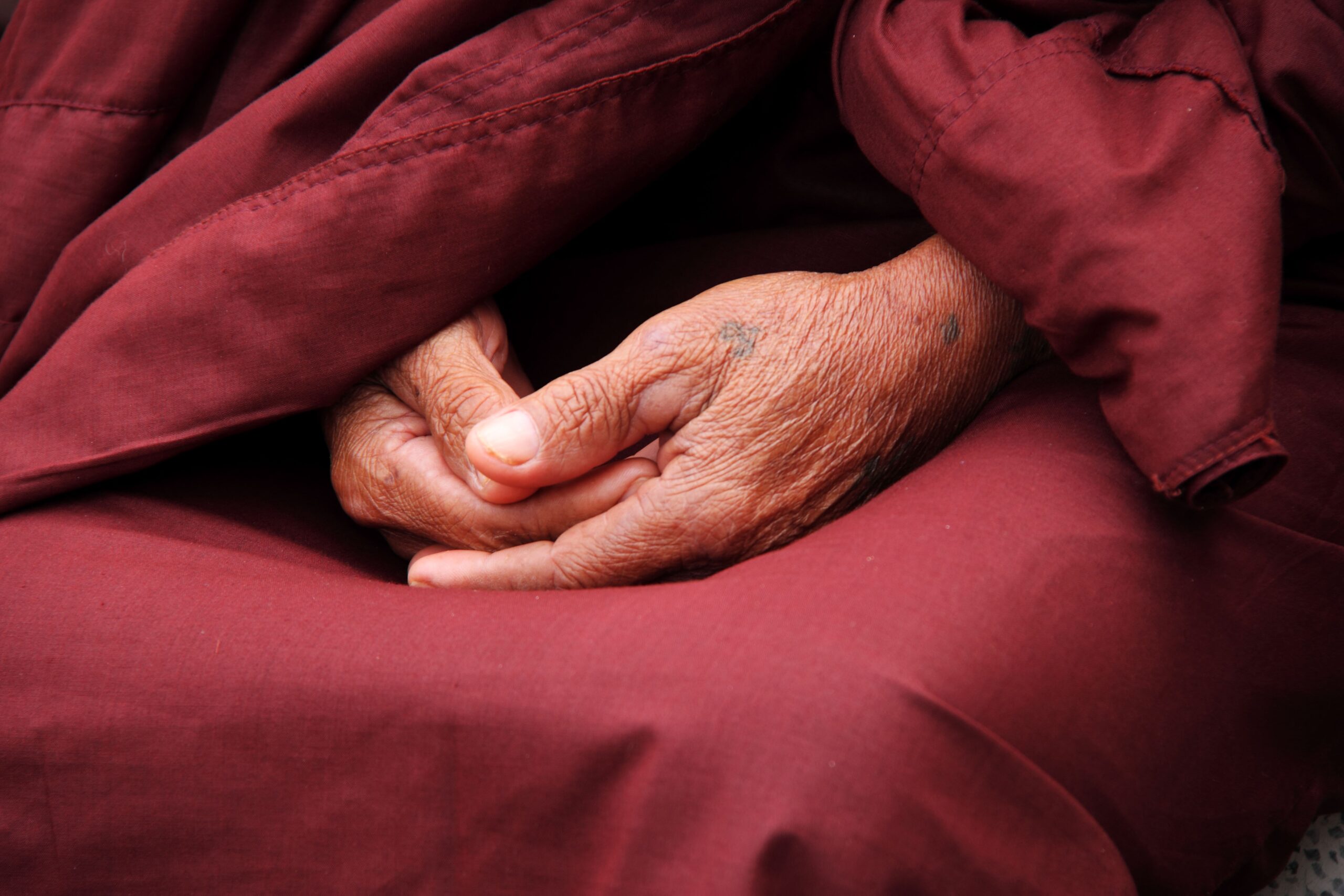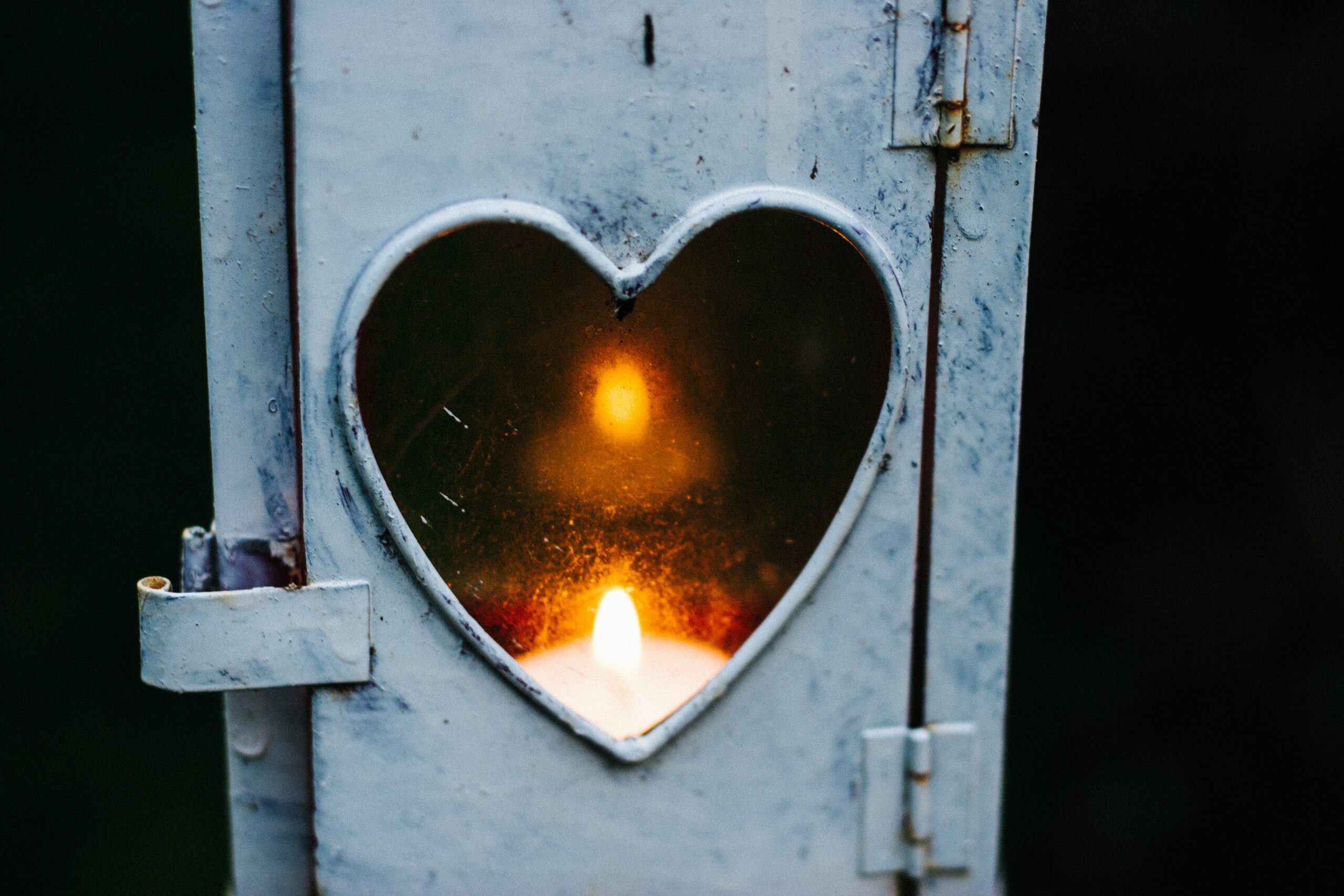“Meditation is a matter of slow and steady experience. It is not a cure. It is not a set of moral values. It is not a religion. It is a way– a way to be fully present, a way to be genuinely who we are, a way to look deeply at the nature of things, a way to rediscover the peace we already possess. It does not aim to get rid of anything bad, or to create anything good. It is an attitude of openness. The term for this attitude is mindfulness.”
– Elizabeth Lesser, Broken Open, p. 279
Anyone who has meditated for many years will tell you that meditation is not, as is often assumed, an escape from life. In fact, meditation is a way of practicing how to be in the rough and tumble of life. Meditation trains us in observing how our thoughts and emotions work and helps us to learn to become aware of our cycles of constant reactivity.
As if we are being carried along by the swift current of whitewater, we are easily swept away by the constant inner barrage of judgments, plans, feelings and thoughts. By quieting ourselves and observing our inner activity, we learn to be mindful by accepting the thoughts, emotions and life events that occur and to practice compassion and friendliness toward all of it. Instead of reacting to life as if something is “wrong”, we practice accepting what comes with grace. The beautiful result is that when we cultivate this inner attitude and can be compassionate and honest with ourselves, we are more able to do that with the people around us.
Simple mindfulness meditation practice need not be complicated. There are a lot of resources out there for learning meditation (see my resources page for suggestions). Here’s one way to get started:
- Find a quiet time and place. Set a timer for 15 minutes.
- Sit in a comfortable position. Cross-legged on the floor or in a firm chair.
- With eyes open or closed, focus on your breath. Don’t force anything about your breath. Just notice how cool it feels coming in and how warm it feels going out.
- When thoughts or emotions arise, as they do for everyone, simply notice them and let them float by like leaves on a stream. Return your focus to the feeling of breathing.
- After this experience, spend a few moments noticing how your body feels, how your whole being feels. Often the best part of meditation is not the meditation itself (which can often be challenging or uncomfortable) but the way it infuses our life afterward.
As people practice meditation for longer periods of time, they begin to notice certain thought patterns or physical sensations. Being still in meditation is teaching you how to be with these thoughts, emotions, and physical sensations without needing to do anything about them. Just be. No planning, judging, evaluating…just being peaceful in the moment that you are in no matter what is going on around you. This can go a long way towards reducing the amount of panic, frustration or desire to escape that sometimes plague us in our difficult emotional moments.




